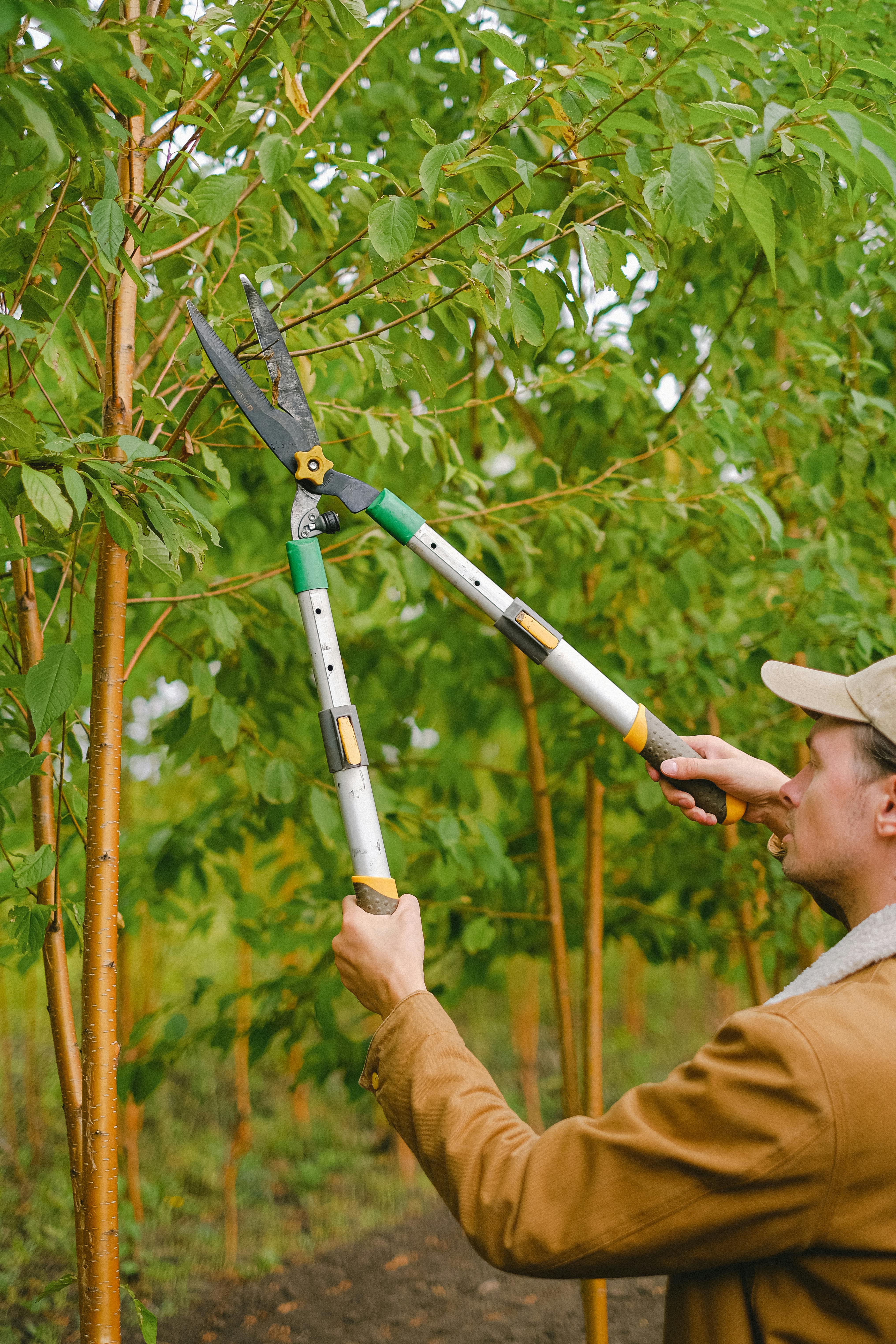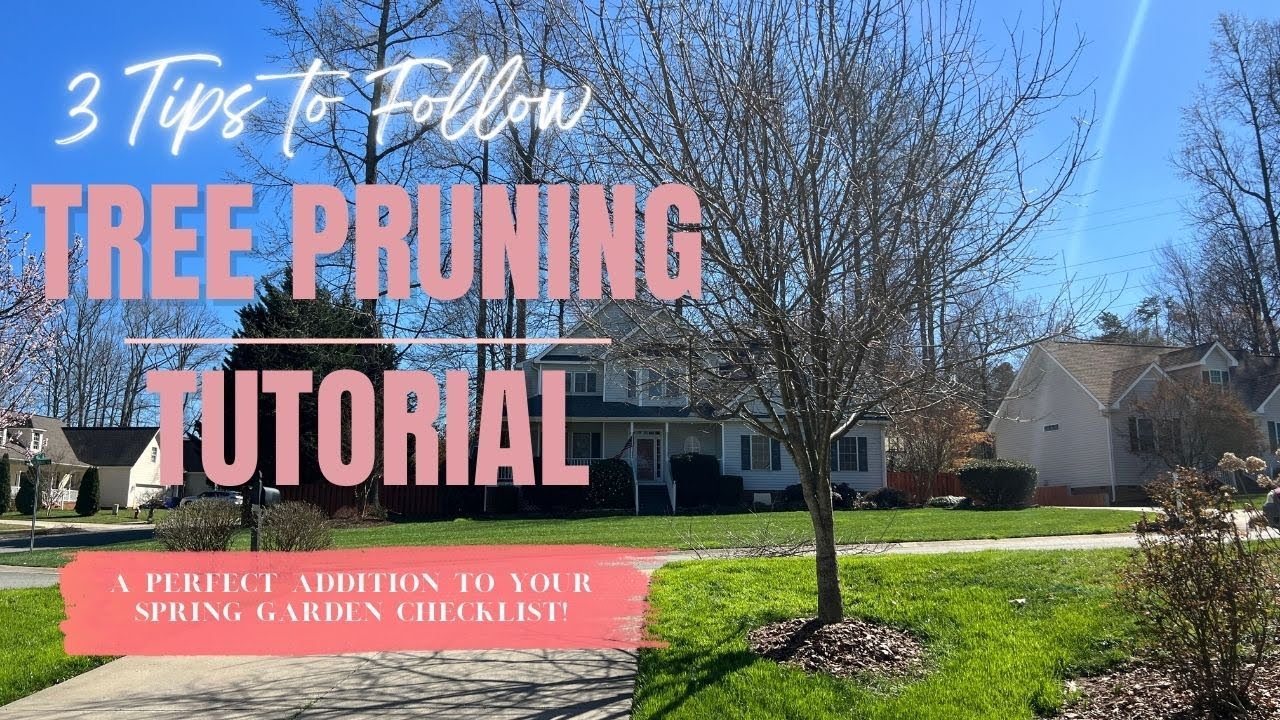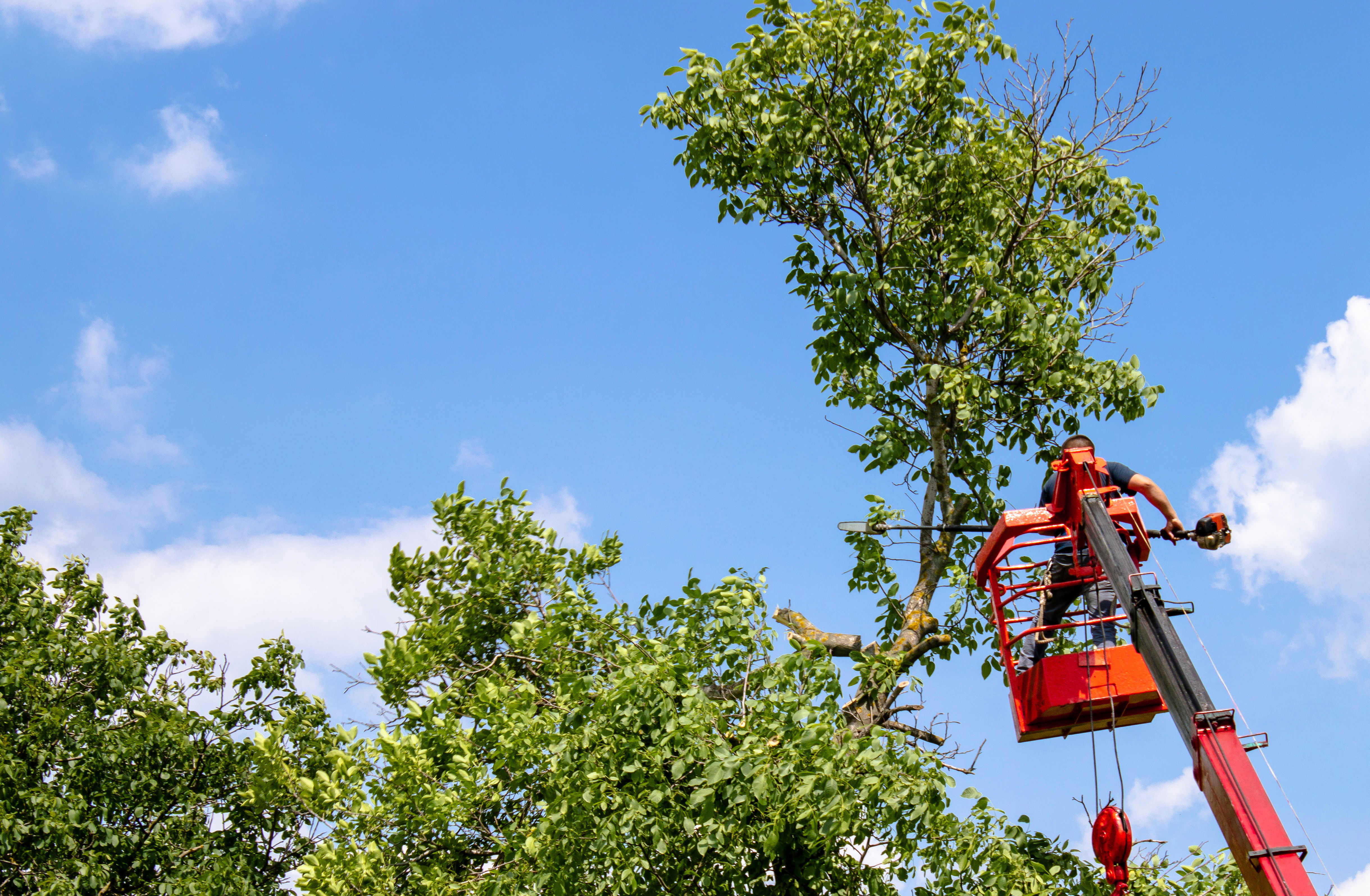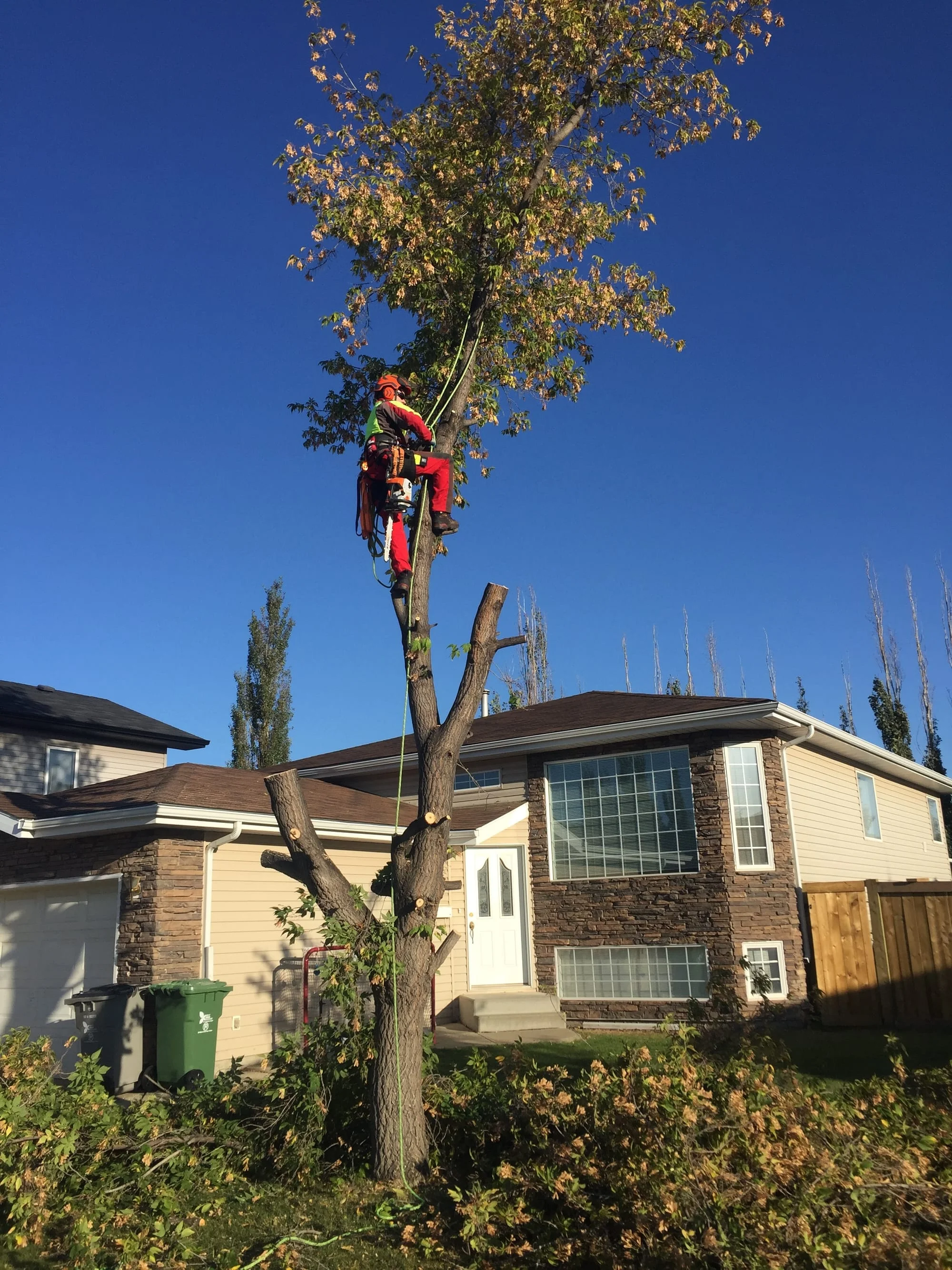Did you know that tree pruning plays a critical role in maintaining the health and vitality of your trees? As spring approaches, it’s essential to understand the best practices for spring tree pruning to ensure optimal tree care and promote healthy growth.

Key Takeaways:
- Pruning during the dormant season reduces the risk of pests and diseases.
- Spring tree pruning should focus on removing dead, damaged, and overgrown branches.
- Specific trees are better to prune in spring, while others should be avoided.
- Proper techniques and timing are crucial for effective tree pruning.
- Consider hiring a certified arborist for professional tree pruning services.
The Best Time for Spring Tree Pruning
When it comes to tree pruning, timing is everything. In the spring, trees undergo a growth spurt as the weather warms up and the days get longer. This makes it an ideal time to trim trees and remove any dead, damaged, overgrown, or dying branches. However, it’s important to follow specific rules and techniques to ensure the health and vitality of the tree.
The best time for spring tree pruning is early spring, typically from late March through early April. During this period, the tree is still dormant, but the weather is starting to warm up, providing the tree with the energy it needs for new growth. Pruning during this time allows the tree to recover quickly and promotes healthy regrowth.
When pruning in the spring, it’s crucial to avoid removing too many healthy branches. Removing excessive live branches can stress the tree during its prime growing season, leading to reduced vigor and potential long-term damage. To maintain the tree’s health, young trees should not have more than 15-20% of their live branches removed in one year, while mature trees should have no more than 10% removed.
To ensure professional tree pruning, it’s recommended to consult an expert arborist who has the knowledge and experience to identify the right branches to remove and implement the best tree pruning techniques. This not only enhances the visual appeal of the tree but also improves its overall health and longevity.
Proper pruning techniques involve removing dead, damaged, or crossing branches, as well as creating the desired shape and maintaining a safe clearance. It’s important to make clean cuts close to the main stem or another branch, using sharp pruners to minimize damage and encourage proper healing.
By following the best tree pruning techniques and seeking professional assistance when needed, you can ensure that your trees thrive and remain healthy throughout the spring season and beyond.

Benefits of Professional Tree Pruning
- Promotes healthy growth and development
- Improves the overall appearance of the tree
- Enhances safety by removing hazardous or weak branches
- Prevents potential damage to property or structures
- Increases sunlight penetration and air circulation for the tree
- Reduces the risk of pest and disease infestation
| Tree Age | Maximum Percentage of Live Branches to be Removed in One Year |
|---|---|
| Young Trees | 15-20% |
| Mature Trees | 10% |
Pruning Guidelines for Spring
When it comes to pruning trees in spring, it’s important to approach the process with specific goals in mind. The key objectives include ensuring safety, removing dead or decaying branches, and conducting minimal pruning for aesthetic purposes, shaping the tree, and maintaining clearance.
While spring is generally a suitable time for tree pruning, it’s crucial to consider the type of tree and its specific requirements. Some trees thrive with spring pruning, such as newly planted trees, maple, walnut, and birch trees (preferably late spring or early summer), and various flowering trees. Pruning these trees during the appropriate season allows for optimal growth and development.
However, not all trees are suitable for pruning in spring, as it can make them more susceptible to insect infestations and diseases. Trees such as oak, elm, sycamore, honeylocust, and pear trees should be pruned at a different time to ensure their health and vitality.
Recommended Trees for Spring Pruning:
- Newly planted trees
- Maple trees
- Walnut trees
- Birch trees (late spring or early summer)
- Various flowering trees
Trees to Avoid Pruning in Spring:
- Oak trees
- Elm trees
- Sycamore trees
- Honeylocust trees
- Pear trees
By following these pruning guidelines for spring, you can ensure the well-being of your trees and promote their healthy growth. However, it’s important to consult with expert arborists and tree pruning services to determine the best course of action for each individual tree.

Proper Techniques for Tree Pruning
When it comes to tree pruning, using the best techniques is essential to promote the health and vitality of your trees. Pruning during the tree’s dormant phase and following its natural growth patterns can ensure optimal results. Here are some expert arborist pruning techniques to consider:
1. Prune during the dormant phase
Winter or early spring, before new buds have formed, is the ideal time for tree pruning. Pruning during this period allows for a better understanding of the tree’s shape and structure, resulting in more precise cuts.
2. Thin out weak, ill-formed, and overcrowded branches
Thinning out branches that are weak, ill-formed, crossed, or overcrowded is crucial for tree health and shape. This technique improves air circulation, reduces the risk of disease, and promotes the growth of stronger branches.
3. Prune close to the main stem or branch
When making cuts, it’s important to prune close to the main stem or branch collar. Avoid leaving stubs or making flush cuts, as they can lead to decay and potential tree health issues.
4. Use sharp pruners
Using properly sharpened pruning tools is essential for clean and precise cuts. Dull blades can cause crushing and tearing of the tree’s tissues, leading to slower healing and increased susceptibility to diseases.
By utilizing these best tree pruning techniques, you can ensure that your trees remain healthy, well-shaped, and resilient. However, it’s important to note that for larger or more complex pruning tasks, it’s always best to hire an expert arborist who has the knowledge and experience to handle the job safely and effectively.

Conclusion
Proper tree care, including professional tree pruning and seasonal trimming, is crucial for maintaining the health and vitality of your trees. Spring tree pruning, when done correctly, allows for the removal of dead, damaged, or overgrown branches while minimizing stress on the tree during its prime growing season. It is important to follow specific guidelines to ensure the best results.
Hiring a certified arborist, such as Buck’s Tree Service, can be highly beneficial in providing expert tree assessment and care. Their trained professionals understand the importance of timing and pruning techniques, ensuring that your trees receive the optimal care for their long-term health.
Remember, spring tree pruning is not suitable for all tree species. It is advisable to consult with an arborist or tree care specialist before commencing any pruning activities. By adhering to the right timing and guidelines, you can maintain the beauty and vigor of your trees while keeping them safe and healthy throughout the year.
FAQ
The best time to prune trees in the spring is in early spring, specifically late March through early April.
The goals of spring tree pruning should include pruning for safety, removing dead or decaying branches, and minimal pruning for aesthetics to shape the tree and maintain clearance.
Yes, there are trees that should not be pruned in the spring, as it can make them more vulnerable to insect infestation and diseases. These trees include oak, elm, sycamore, honeylocust, and pear trees.
The optimal time to prune trees in the spring is during the tree’s dormant phase, before new buds have formed. This allows for a better sense of the plant’s shape.
Proper techniques for tree pruning include thinning out weak, ill-formed, crossed, or overcrowded branches, pruning close to the main stem or another branch, and using sharp pruners to avoid damaging the plant.

